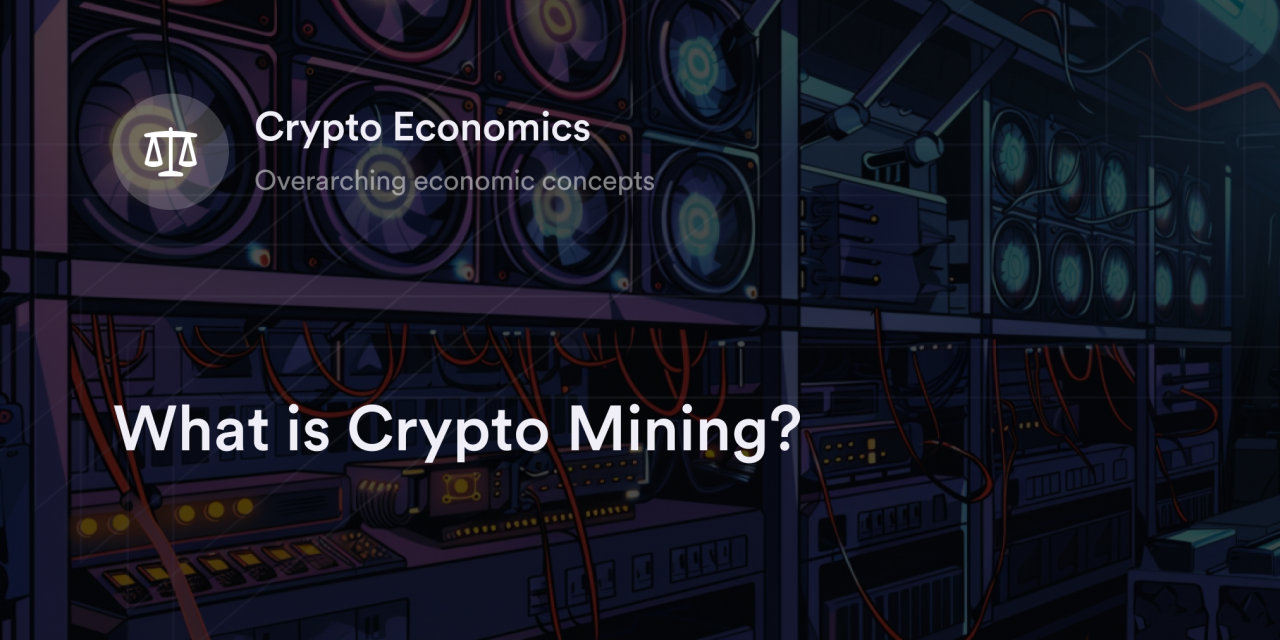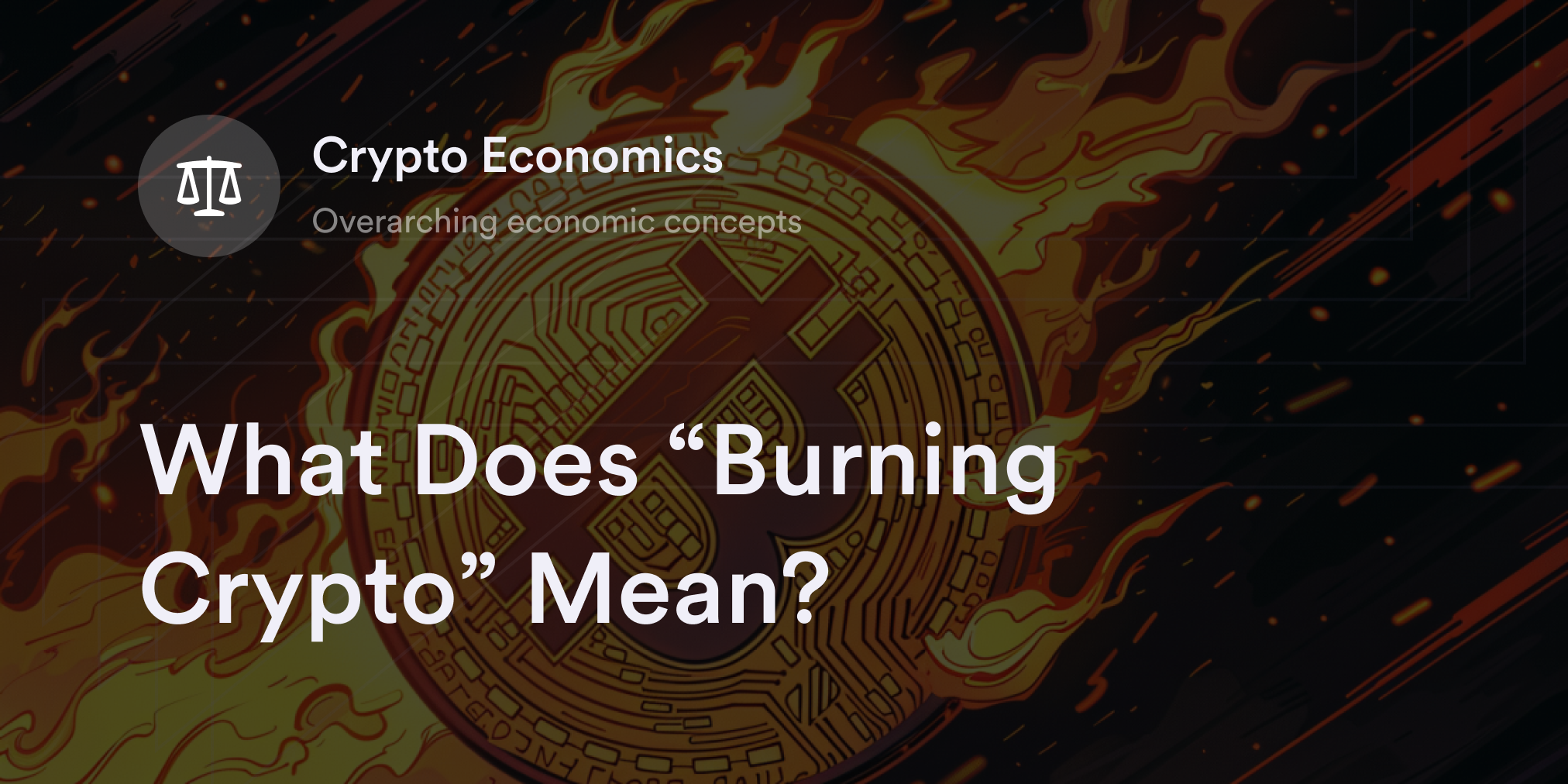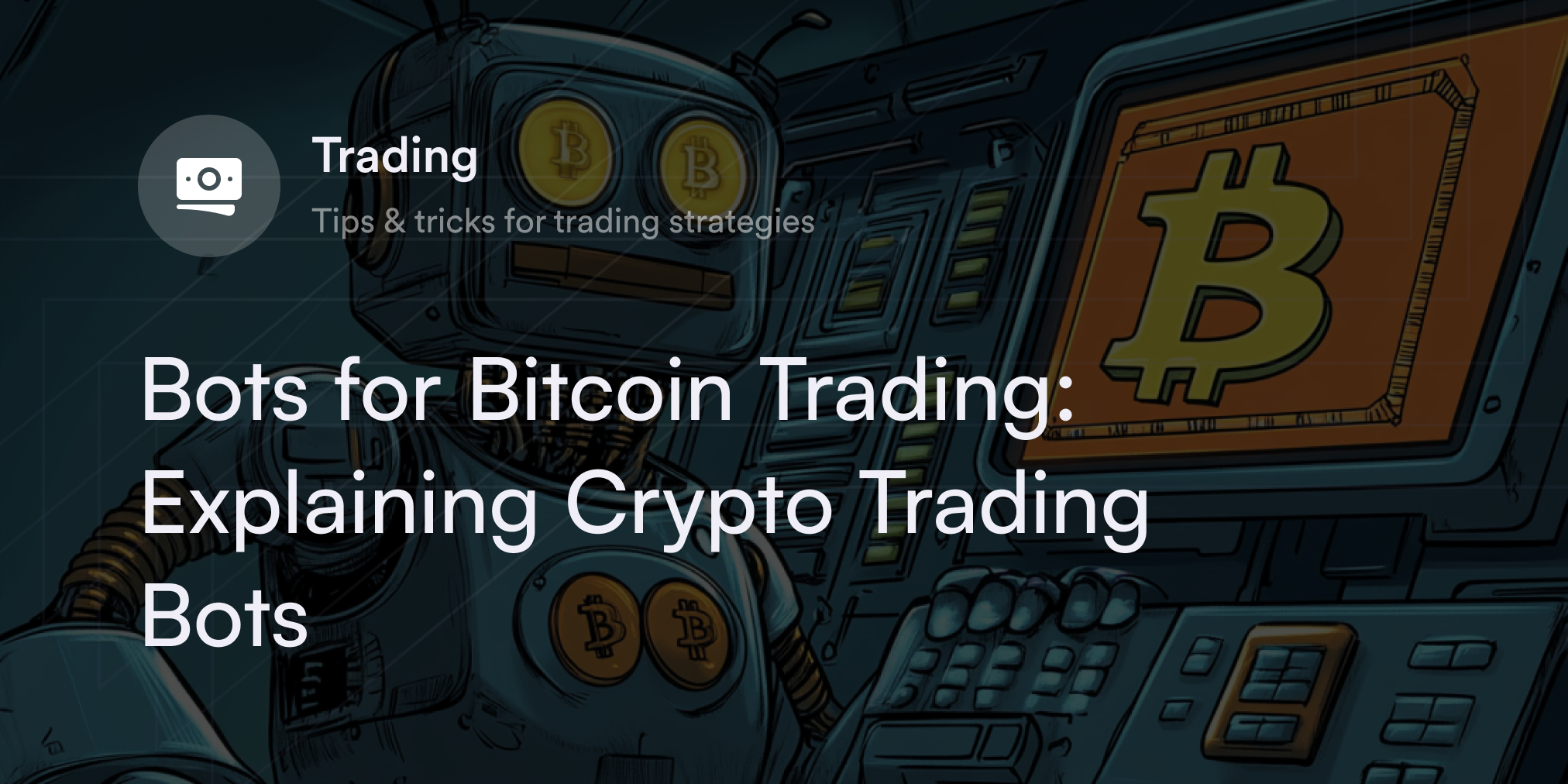


Bitcoin’s launch in 2009 changed the 21st century’s image of a “miner.” Instead of using pickaxes and pans to sift shiny metals, today’s crypto miners use massive computers to “dig” precious chunks of digital gold.
As virtual coins like Bitcoin (BTC) work their way into mainstream finance, the number of people and corporations involved with crypto mining continues to rise. In fact, many of the world’s largest crypto mining companies have a combined valuation of more than $9 billion (at the time of writing).
There’s clear value in crypto mining, but is this process really as profitable as some claim? Let’s dig deeper and extract answers to what crypto mining is, and why it matters in the cryptocurrency industry.
What is Crypto Mining, and What are Crypto Miners?
Cryptocurrency mining is an incentive system to secure many peer-to-peer (P2P) digital currencies, particularly the Bitcoin network. And crypto miners are the people “digging” for these digital assets.
It began with cryptographer Satoshi Nakamoto introducing the concept in the 2008 Bitcoin Whitepaper before putting this procedure into practice after releasing Bitcoin in early 2009. In Nakamoto’s Bitcoin mining system, computers (aka nodes) on BTC’s decentralized network compete to solve a difficult algorithmic problem every 10 minutes to get a chance to verify the latest batch of Bitcoin transactions. Whichever computer solves this math problem first gets to claim free BTC called a block reward.
These BTC block rewards aren’t just an attractive payday for BTC miners—they’re also how new Bitcoins enter the crypto economy. Nakamoto deliberately used mining imagery to show how Bitcoin’s circulation mimics mining for precious metals. Someone must mine every BTC into existence, just as prospectors need to dig for gold before bringing it to the market.
Although Bitcoin is the dominant cryptocurrency using crypto mining, many other prominent crypto projects drew inspiration from BTC’s model. Cryptocurrencies with mining software include Litecoin (LTC), Dogecoin (DOGE), and Bitcoin Cash (BCH).
How Does Crypto Mining Work?
Crypto mining uses an algorithm called proof-of-work (PoW) to power P2P payment networks (aka blockchains). The “work” in PoW refers to the intense electrical power miners need to use to solve mathematical problems and contribute to the mining process. The first miner who successfully solves an algorithm on a PoW blockchain receives the block rewards in their associated crypto wallet.
In cryptocurrency’s early history, it was possible to use any computer’s central processing unit (CPU) to successfully mine dozens or even hundreds of Bitcoins as a solo miner. However, as crypto mining became more profitable, companies like Bitmain Technologies introduced computers specifically designed for crypto mining called application-specific integrated circuits (ASICs). Professional miners nowadays use hundreds or thousands of ASIC mining rigs in climate-controlled facilities called mining farms to compete for BTC block rewards.
What are Crypto Mining Pools?
As the competition for block rewards increased, more solo miners decided to “pool” their computing power to increase the odds of claiming free crypto.
People who join a crypto mining pool contribute their hardware to a group of individual miners and receive a percentage of any block rewards the community collects. For instance, if a crypto miner sends enough ASIC rigs to make up 5% of the pool’s Bitcoin mining power, the miner receives 5% of the total BTC rewards (excluding administration fees and electricity costs).
Besides professional crypto mining companies, mining pools are one of the most popular ways crypto miners organize to compete on blockchains like Bitcoin.
Pros and Cons of Crypto Mining
As the primary process behind the Bitcoin blockchain, crypto mining plays a vital role in the crypto economy. However, some critics have concerns over the long-term security and sustainability of PoW mining. Developers in the cryptocurrency community have diverse—and sometimes divisive—opinions on the value of continuing this consensus model.
Pros of Crypto Mining
Long track record for success: PoW mining is the longest-running verification system in cryptocurrency and continues to power the world’s oldest and largest digital asset, Bitcoin. Since Bitcoin’s inception, it has yet to suffer a cyberattack, and some people credit Bitcoin’s exceptional security to the PoW design. The high energy requirements needed to participate in PoW mining make it cost-prohibitive for hackers to exploit the network.
Better security as the network grows: Speaking of security, crypto mining benefits as more miners contribute to a blockchain and further decentralize it. The more crypto mining pools and farms open in different regions of the world, the less concentration of power there is at any single point on the network.
Attractive incentive structure: The allure of crypto prizes helps attract individuals and companies to contribute to PoW cryptocurrency blockchains. These block rewards also deter bad behavior by incentivizing miners to play by the rules and constantly scan the blockchain for false data.
Cons of Crypto Mining
Environmental concerns: There’s no way to sugarcoat crypto mining’s significant environmental impact. Since this system is inherently energy-intensive, it uses a lot of electricity and contributes to pollution and global warming. Some environmentalists argue the Bitcoin blockchain consumes the same amount of electricity as countries like Argentina and pollutes as much CO2 as Greece every year.
51% attacks: Although Bitcoin hasn’t suffered a significant cyberattack, hackers successfully broke into smaller PoW blockchains like Ethereum Classic (ETC) using a 51% attack. In these exploits, bad actors take control of 51% of the network’s mining power to rewrite transactions and reward themselves with cryptocurrency. Although 51% attacks aren’t likely on large and decentralized PoW chains like Bitcoin, they’re possible.
Cryptojacking threat: A new cybercrime called cryptojacking relies on the unique PoW mining model. In this exploit, hackers send malware to a victim’s PC and siphon off energy to mine crypto assets like Bitcoin or Monero (XMR). Cryptojacked computers have a lower life expectancy, and victims end up footing the bill for electricity while criminals reap crypto rewards.
Is Crypto Mining Profitable?
Although there are a few oddball cases where solo miners successfully claim BTC block rewards, the likelihood of one person winning this algorithmic game is incredibly small. Some blockchain experts suggest it would take 450 years for a solo Bitcoin miner with an ASIC rig to claim one BTC block reward. In other words, solo Bitcoin miners have a one in 1.3 million shot of getting free BTC. Although that’s not as improbable as winning the lottery, it’s statistically unlikely solo miners will profit from mining Bitcoin.
However, mining cryptocurrencies is profitable for professional companies or pools if the price of their crypto rewards exceeds their energy, hardware, and administrative expenses. Crypto mining’s worth depends on how well mining operations manage their cash flows and the price of the cryptocurrencies they collect when trading for fiat money.
Learn More Blockchain Basics on dYdX Academy
Whether you want to know more about crypto mining or altcoins, head to the dYdX Academy, where we have dozens of educational articles on essential topics in the cryptocurrency industry. Don’t forget dYdX offers eligible traders convenient low-fee perpetual swaps on our decentralized exchange. For the latest details on dYdX’s trading services and features, visit our official blog, and eligible traders can start trading on dYdX today.
Disclaimer
The content of this article (the “Article”) is provided for general informational purposes only. Reference to any specific strategy, technique, product, service, or entity does not constitute an endorsement or recommendation by dYdX Trading Inc., or any affiliate, agent, or representative thereof (“dYdX”). Use of strategies, techniques, products or services referenced in this Article may involve material risks, including the risk of financial losses arising from the volatility, operational loss, or nonconsensual liquidation of digital assets. The content of this Article does not constitute, and should not be considered, construed, or relied upon as, financial advice, legal advice, tax advice, investment advice, or advice of any other nature; and the content of this Article is not an offer, solicitation or call to action to make any investment, or purchase any crypto asset, of any kind. dYdX makes no representation, assurance or guarantee as to the accuracy, completeness, timeliness, suitability, or validity of any information in this Article or any third-party website that may be linked to it. You are solely responsible for conducting independent research, performing due diligence, and/or seeking advice from a professional advisor prior to taking any financial, tax, legal, or investment action.
You may only use the dYdX Services in compliance with the dYdX Terms of Use available here, including the geographic restrictions therein.
Any applicable sponsorship in connection with this Article will be disclosed, and any reference to a sponsor in this Article is for disclosure purposes, or informational in nature, and in any event is not a call to action to make an investment, acquire a service or product, or purchase crypto assets. This Article does not offer the purchase or sale of any financial instruments or related services.
By accessing this Article and taking any action in connection with the information contained in this Article, you agree that dYdX is not responsible, directly or indirectly, for any errors, omissions, or delays related to this Article, or any damage, injury, or loss incurred in connection with use of or reliance on the content of this Article, including any specific strategy, technique, product, service, or entity that may be referenced in the Article.







